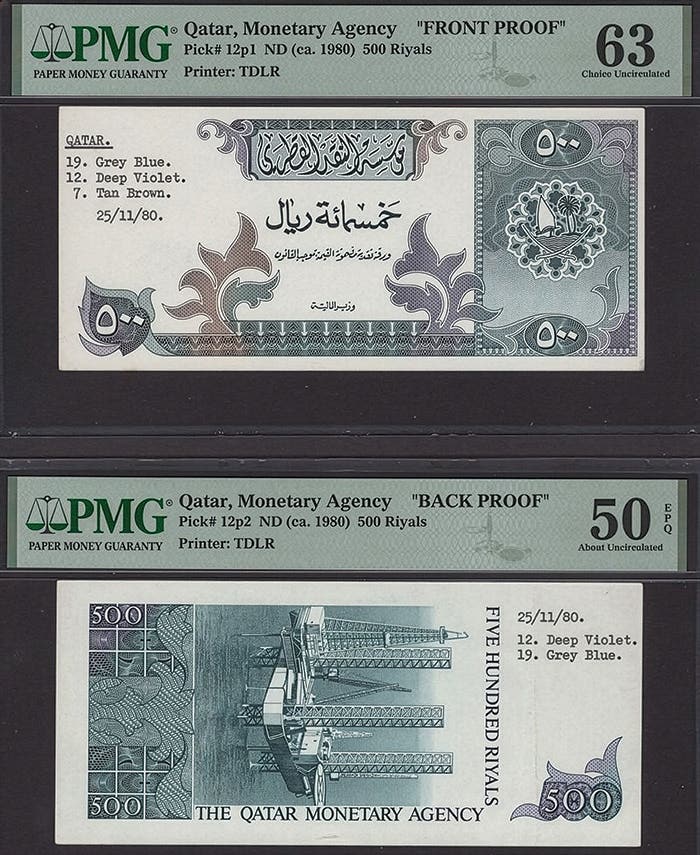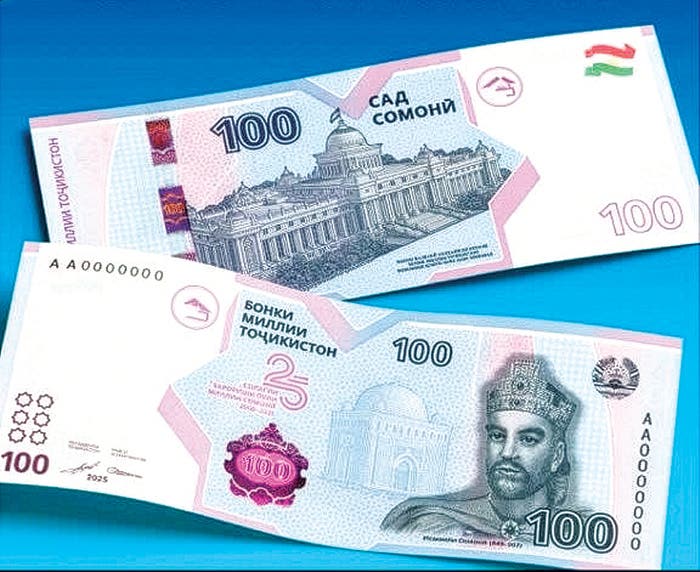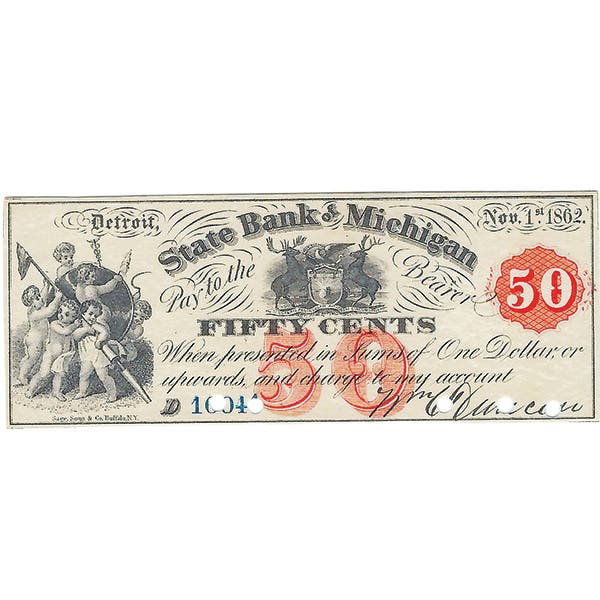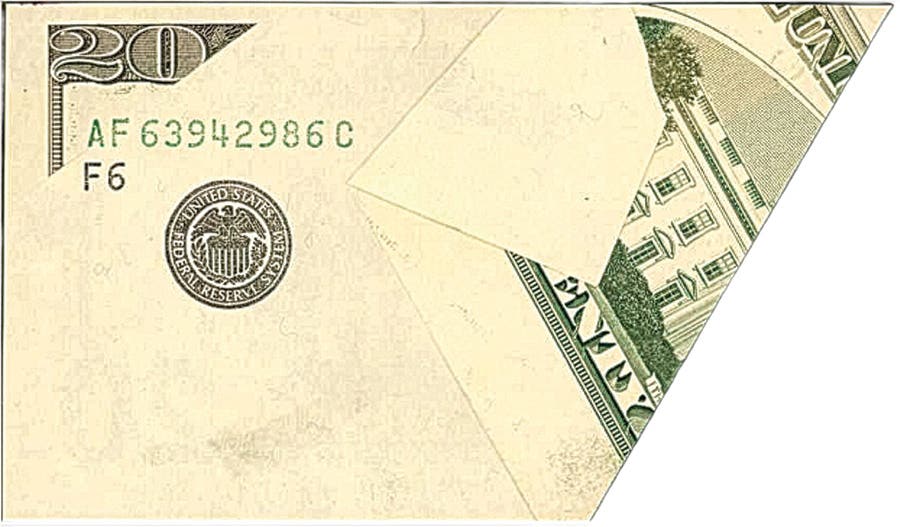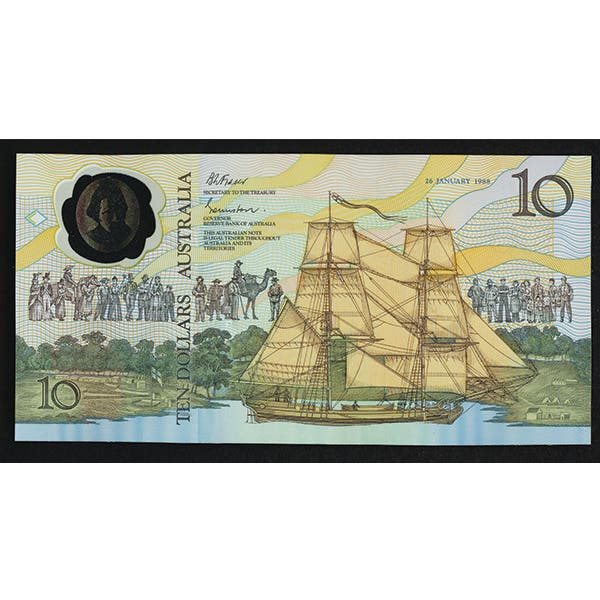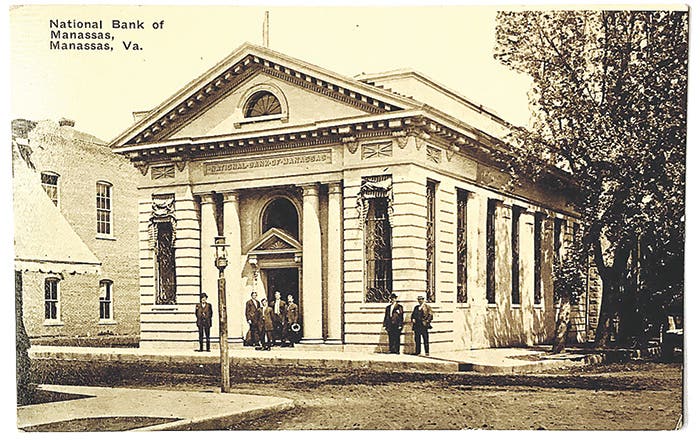Proof of the Month: June 2023
The Series of 1878 silver certificates of deposits were circulating notes designed and engraved at the Bureau of Engraving and Printing made during the reign of George Casilear as Chief…
The Series of 1878 silver certificates of deposits were circulating notes designed and engraved at the Bureau of Engraving and Printing made during the reign of George Casilear as Chief Engraver. His notes were dominated not by vignettes and unique elaborate hand-engraved borders, but instead by ornate lettering. In 1873 he obtained two patents for what became known in the trade as patented lettering. The concept was to engrave an alphabet and numbers of a distinctive style and size where each character was a standalone. These were taken up individually on transfer rolls so that the siderographers could now spell out words or numbers on dies or plates by simply rolling in the needed characters one at a time. The process was very efficient. The services of expensive letter engravers were eliminated once such character sets were available because the patented letters could be, and were, employed on all the intaglio plates regardless of product. Casilear also liked to employ rosettes made on geometric lathe engraving machines, particularly the anti-counterfeiting white-line reverse images of the rosettes. The rosettes were used in counters and for repetitive border work. They too were cost effective because once made, they were laid-in repetitively from transfer rolls by siderographers on all sorts of Bureau products identically to the patented lettering. Casilear was God’s gift to siderographers and God’s bane to engravers because his designs greatly favored the tricks and skills of siderographers over the laborious individual portrait and border work of the engravers. Of course, the siderographers were considered craftsmen so were paid less than engravers. Look at the back of this $100. The word silver dominates. The background for it is a chain of six identical white-line rosettes. Overlain on each is a letter from one of the patent letter fonts. Even the chains on the insides of the right and left borders are comprised of repetitions of the same link. In contrast, the note-specific engraved floral embellishments are minimal and confined to the corners. The same story applies to the face, even to the engraved 100 in the underprinted red tint. Study and enjoy the photos because your chance of owning an example of the real thing is less than winning the lottery. However, you will find the identical patent letters on the more common type notes of 1870-1880 vintage as well as on contemporary large-format revenue stamps and bonds. Once you develop an eye for this style of work, you will be able to spot it across the room.




